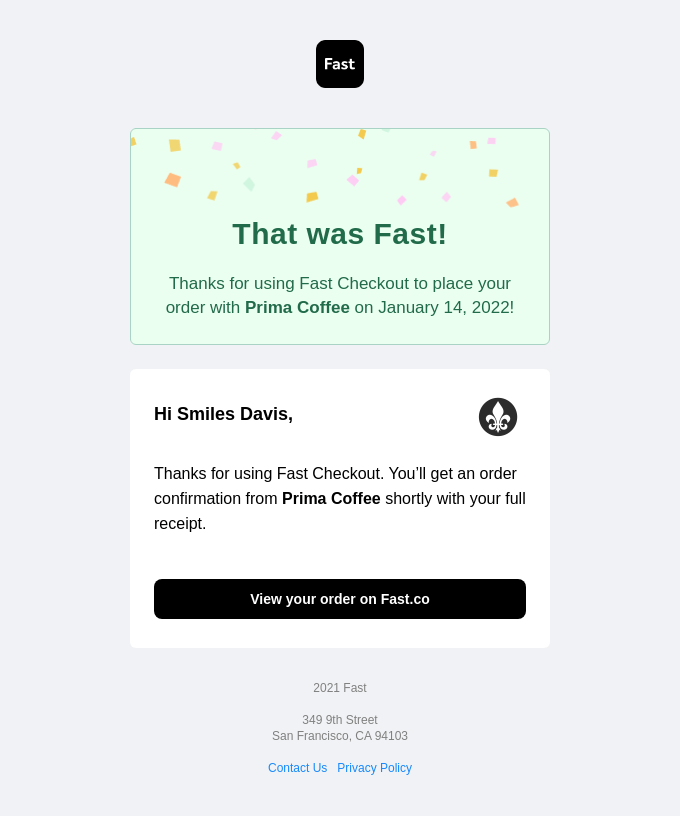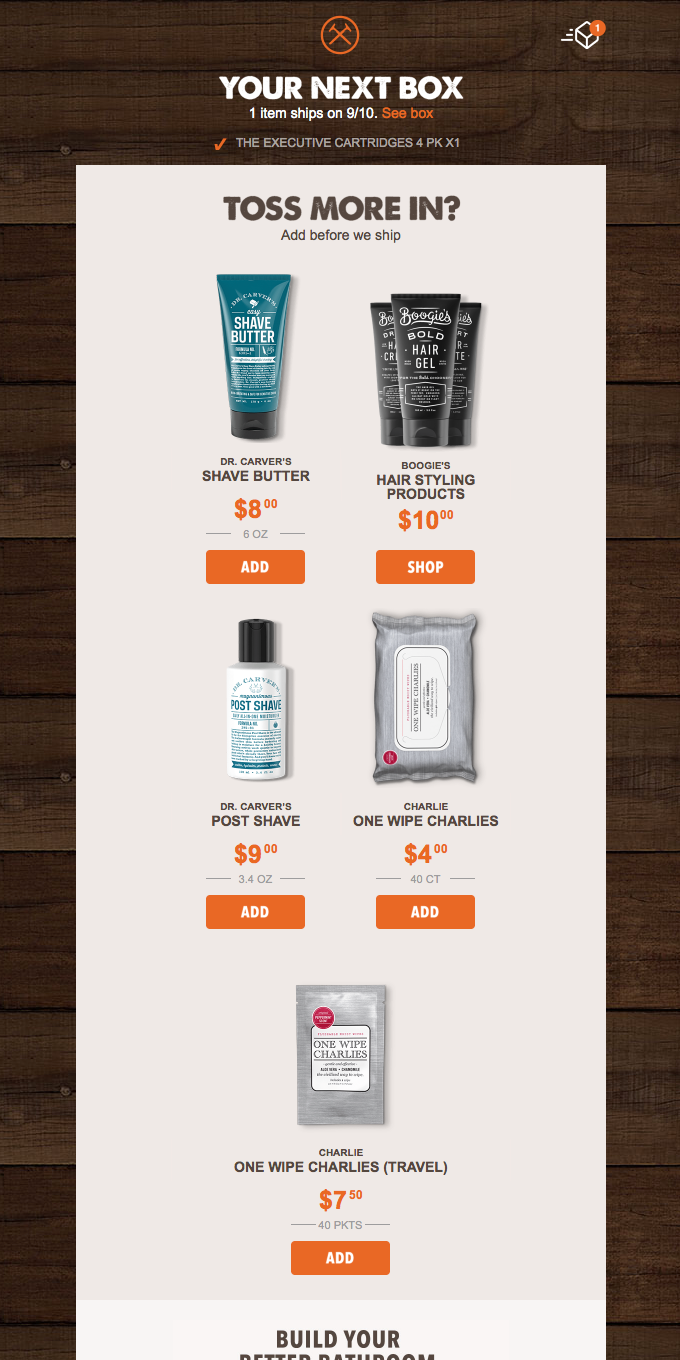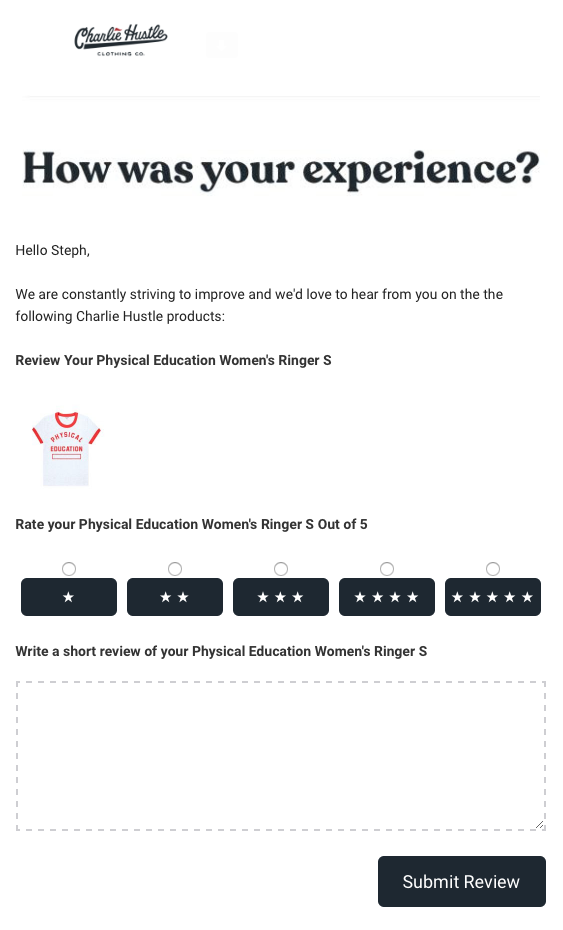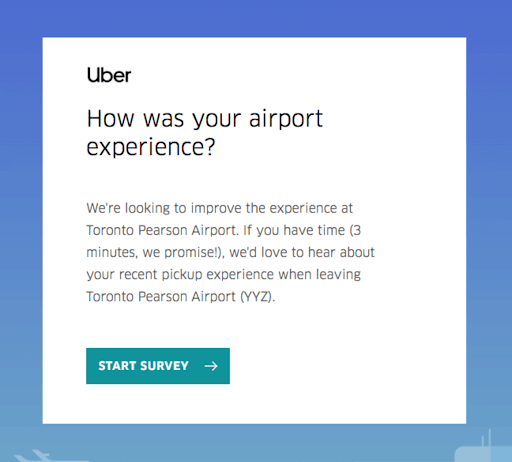6 Critical Reasons to Engage Customers After They’ve Made a Purchase

Reading Time: 7 minutes
How often have you heard the phrase “customers come first”?
The idea behind this phrase is that companies should always prioritize their customers’ needs and expectations. If they don’t, then they risk losing them forever.
The customer journey for any business starts with a purchase and ends with a sale. However, that’s not true. Although brands ignore customers once they’ve completed a purchase, you should try to stay connected with them.
It is no secret that customer engagement is essential. You can build trust with your customers by providing excellent service even post-purchase. This means listening to their concerns and responding promptly. It also means providing value through helpful information and offering ongoing support.
What is customer engagement?
No matter the industry or size, all businesses should engage with their customers. Customer engagement is about building relationships with your customers and developing long-term loyal partnerships.
Businesses can engage with their customers via different channels.
The main channels for B2C companies include social media, and email marketing, while B2B companies can also make use of phone calls and in-person meetings. Customer engagement is critical and something your team should always be working on and improving.
But why is this important? The main advantages of engaging with your customers are as follows:
1) Build Trust – When you build strong relationships with your customers, you show them that you care about them. This builds trust in your brand, which will help you retain more customers.
2) Improve Reputation – Once you start communicating with your customers, it shows that you’re an honest company that cares about its customers. This will improve your reputation among your current and potential customers.
3) Provides Customer Insights – Engaging with your customers will give you more information on how they think and act, which can be used to create personalized and targeted ad campaigns.
Customer engagement needs to be a continued effort during the customer’s journey – before, during, and after a purchase.
Engaging with your consumers before and during the purchasing process influences a buying decision, but what about post-purchase? The customer has already made a purchase, and your sales have already improved, so why keep engaging with them?
Why is customer engagement still important post-purchase?
Earlier, we mentioned three general advantages of engaging with your customers. Next, let’s look at the reasons for engaging with your customers post-purchase.
1. Increased customer loyalty
Engaging with your customers post-purchase makes them feel extra special and appreciated. It should be no surprise that customers respond well to this, strengthening their bond with your company.
Stronger bonds mean increased customer loyalty and a higher chance of becoming repeat loyal customers.
2. Improved overall customer experience
After a purchase has been made, you can follow up with a customer to find out if they encountered any friction points along their buying journey. You can then work to iron out these kinks and improve the entire customer experience from start to finish.
If a customer has had a bad experience when buying your product, reaching out to them and getting ahead of the problem is one way to ensure they don’t complain (at least not publically).
With the feedback you receive, you can also act to mitigate complaints of a similar nature in the future.
3. Customers become your brand ambassadors
Customer engagement strategies can strengthen your customer bonds to such an extent that they do your marketing for you through word-of-mouth or an affiliate partnership. This is ideal because you can sit back and relax while they do the work.
4. Increased customer retention
There are only a finite number of consumers in the world, and only a tiny percentage of those are interested in your product, and an even smaller percentage of those will make a purchase.
To increase your customer retention rates, you need to keep your customers on your side and remind them of the value you bring to them. Post-purchase customer engagement does just that.
5. Higher sales volume
It is evident that post-purchase customer engagement leads to increased sales. However, it’s important to note that this isn’t always the case. In some cases, engaging with customers who have purchased may lead to a reduction in sales volume. This is usually the case if you over-engage; customers may view your communications as spam and no longer want to buy from your company in the future.
6. Higher brand equity
Brand equity is about how much trust your brand carries within its market.
If your brand is seen as trustworthy and reliable, it will carry more weight than if perceived as untrustworthy and unreliable. By engaging with your customers post-sale, you send a message to your potential customers that you care about what they think and want them to see your brand positively.
Happy customers = a successful brand.
So now that we’ve covered why it is still important to engage with your customers post-buy, let’s go through some methods that you can use for that engagement:
How can you engage with customers after they have made a purchase?
There are many post-purchase engagement strategies and methods that you can use. Below we are going to cover a couple of the ones that we think your customers will respond to positively:
1. First purchase ‘welcome’ emails
Imagine this – you’ve just purchased from a store you’ve heard nothing about before. You’re feeling a bit anxious, and you hear an email notification. You open the email, and it is the company welcoming you into their fold and thanking you for making a purchase.
You instantly feel reassured and at ease.
Welcoming your first-time customers is a great way to build a relationship with them and encourage repeat purchases. Sending out these emails shouldn’t cause your team much stress if you have automated your email marketing processes.
The image below is an email from Airbnb welcoming their new customers into the fold:

2. Purchase ‘Follow Up’ emails
These emails are essential, especially when the customer has purchased something that needs to be delivered.
You can update them on the state of their delivery, and a simple thank you goes a long way! You can also send a follow-up email that contains some insider tips on how to get the most out of the product or service they have just purchased. This is why managing your contacts can make or break the chance of your customers returning for a repeat purchase.
Prima Coffee sends a simple thank you email to its customers to make them feel seen and valued:

3. Promotions and special deals
Who doesn’t love a discount?
Sending your customers promotions and special deals is a great way to get them involved with your brand and encourage them to become repeat customers.
You can offer promotions to potential new customers too, but offering them to existing customers is an easy way to increase your customer loyalty.
In the case of fast-moving consumer goods, you can send timely emails that remind customers to repeat their purchases. Make sure to only send these emails after a specific time, when the customer may be running out of said product.
If you visit NetFlorist, add something into your cart, and then leave the website, you get this email offering you an incentive to go back and complete your purchase:
4. Cross-Sell recommendations
When a customer has purchased from you, you gain insights into their likes and preferences.
You can then use these insights to your advantage by sending them emails with items that are similar or related to the product they just bought. Cross-selling is when you offer them a product that increases the value of the product they have already purchased.
Do not send these emails straight away, and always make sure that the emails are as personalized based on their purchase behavior. The idea is to be so convincing that the customer has to buy what you suggest.
This email from the Dollar Shave Club is an excellent example of cross-selling:

5. ‘Write A Review’ request
Asking customers to write a review is another great method of encouraging them to share their experiences with other consumers.
You can even set up systems to offer rewards such as free shipping or discounts every time someone reviews your products or services, thereby turning them into repeat customers.
If the review is outstanding, you can share this review on your website as a form of social proof for any customers who may be on the fence about your company in general or a specific item you’re selling.
This email below sent by Charlie Hustle combines both a review request and a satisfaction survey:

6. Satisfaction surveys
Getting customers to fill in a satisfaction survey is one way of receiving actionable feedback. This is also a great opportunity to ask them about their experience, which you can answer in future communications.

Image source: ReallyGoodEmails
Conclusion
It should be easy to see the importance of post-purchase engagement from the article. The main advantage is that it strengthens your customer relationships, which leads to loyal (and hopefully repeat) customers and an increase in sales.
It should also be easy to see the different ways you can engage with your customers after making a purchase.
The key is to find out what works best for your business and stick to it.
If you do this, you’ll soon notice that you start getting positive results.













